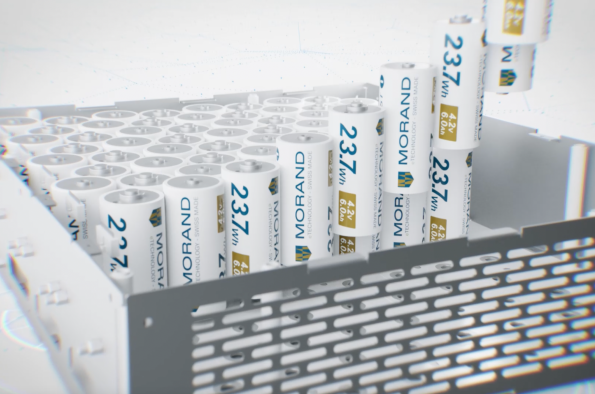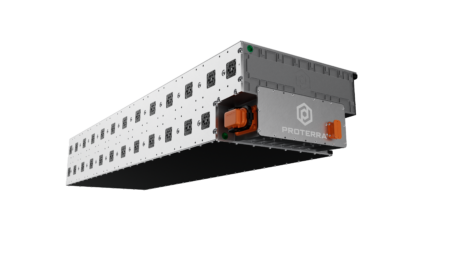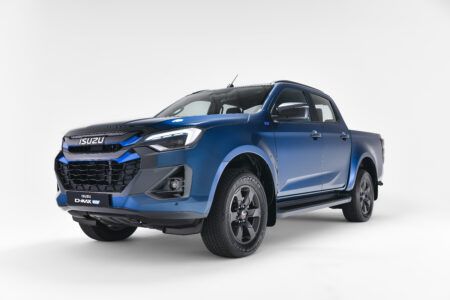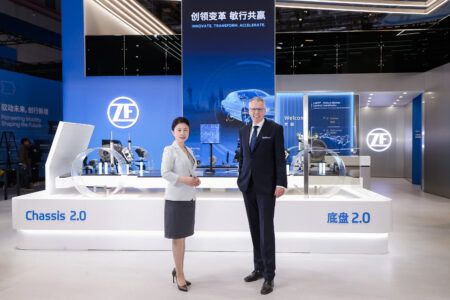Swiss technology start-up Morand has launched Morand eTechnology, which can recharge a city car in 72 seconds. The hybrid system combines ultracapacitor and chemical battery capabilities to create a durable and ultra-fast energy pack that can be usefully recharged in seconds.
It is is ideal for applications that require fast, semi-frequent charges of around five minutes or less, which can help vehicles from city cars and drones to e-bikes and e-scooters, robotics, aggrotech, defence and rail locomotives.
The eTechnology packs use hybrid ultracapacitors (HUC) cells from Sech SA as part of an exclusive partnership. These cells are used in combination with advanced controllers. Independent testing by Geo Technology has demonstrated the ability of the technology to recharge a 7.2kWh test unit in 120 s (98% charging) up to 900A (360 kW).
While there are numerous technologies that can charge and discharge rapidly, they are almost always limited by the number of cycles they can perform before capacity degradation. Unlike conventional lithium-ion battery packs, eTechnology has significantly less reliance on materials like lithium and cobalt. While some lithium is used, it is primarily comprised of aluminium, graphene and carbon. A key part of Morand’s offering is its fire protection system which is already market-leading and undergoing further development.
With much faster recharging, new possibilities are opened across the spectrum of transport, devices and activities. I believe that eTechnology will soon find extensive adoption as the go-to solution for certain applications. With extreme durability and astonishingly fast charge times, our patented eTechnology has a vast number of possible applications,” said Benoît Morand, founder and managing director of Morand.
Although production volumes are currently relatively low when compared to lithium-ion cells, plans to ramp up production are already in place. This will help bring about price parity with lithium-ion solutions. Another important consideration is the total lifecycle of the storage system. With five or ten times the number of possible discharge cycles, long-term operational costs may be substantially lower than an equivalent lithium-ion system.
“We are now focusing on scaling with our production partner, seeking additional investment and finalising agreements for a number of key applications, including drones and e-bikes. This is a very exciting new chapter for Morand and our talented team,” added Morand.





